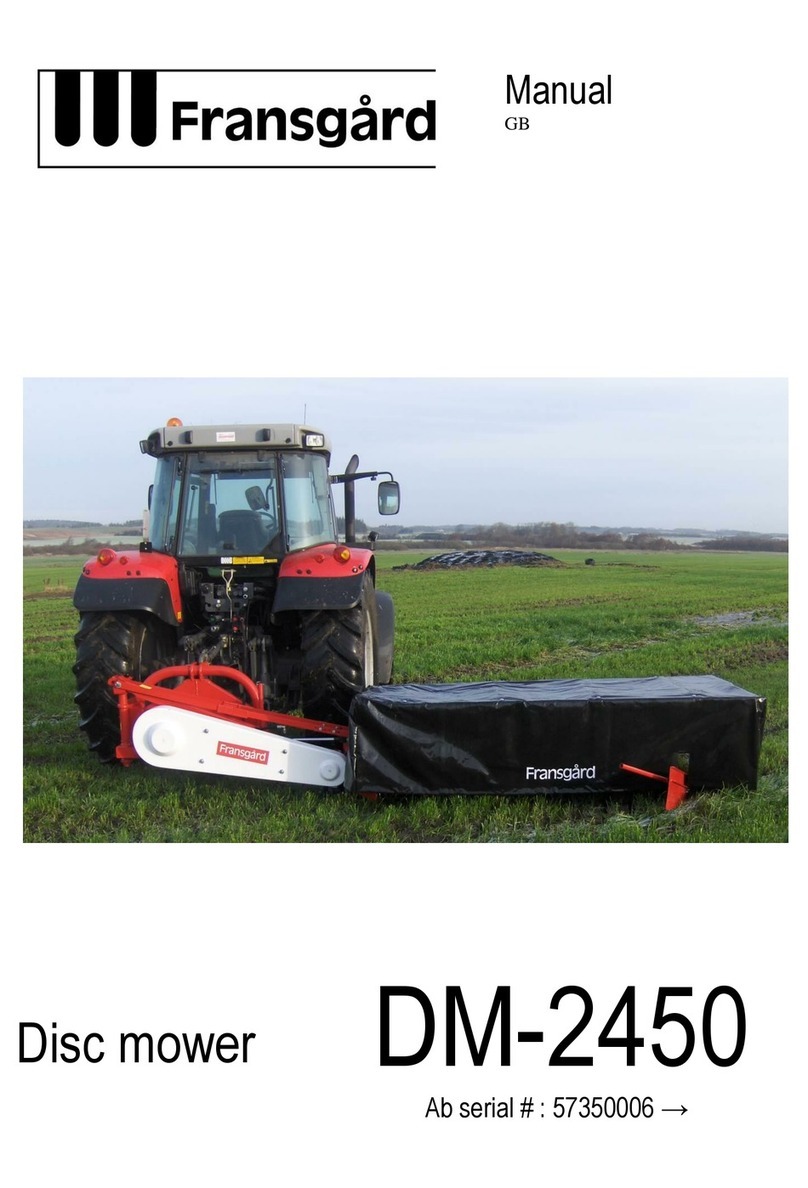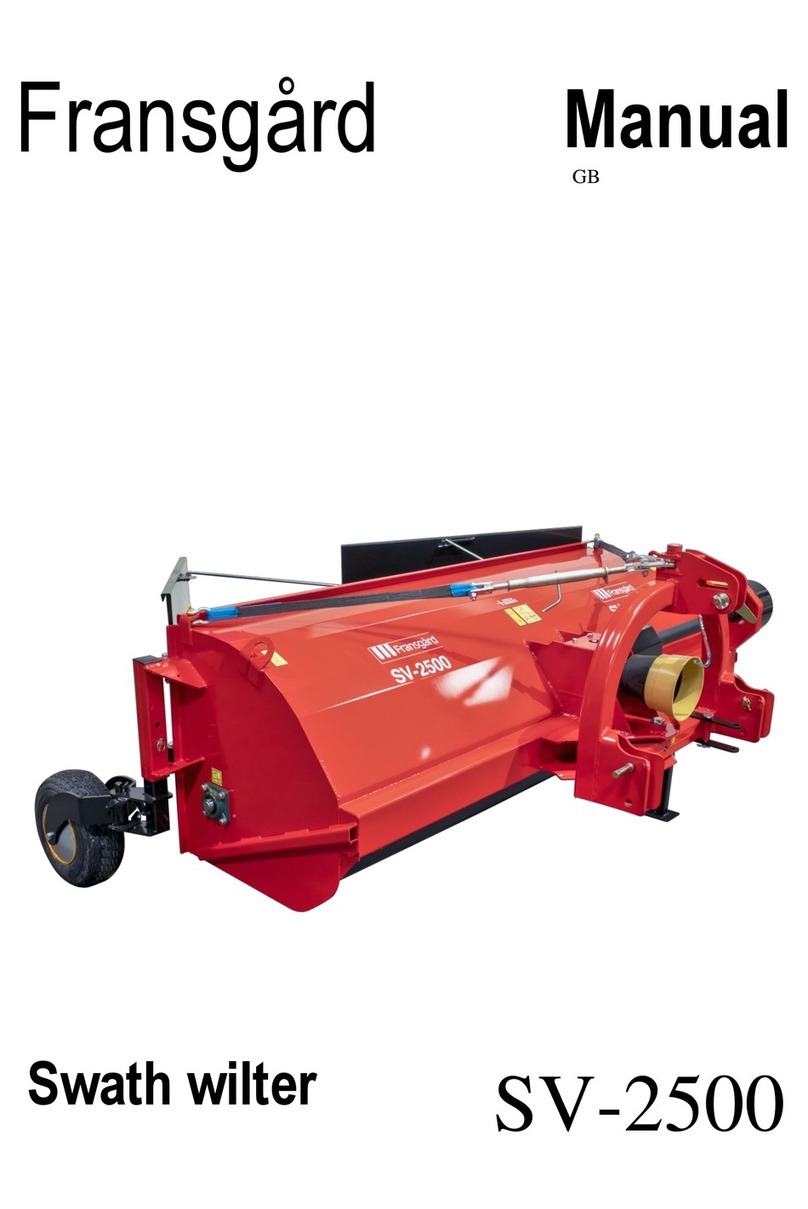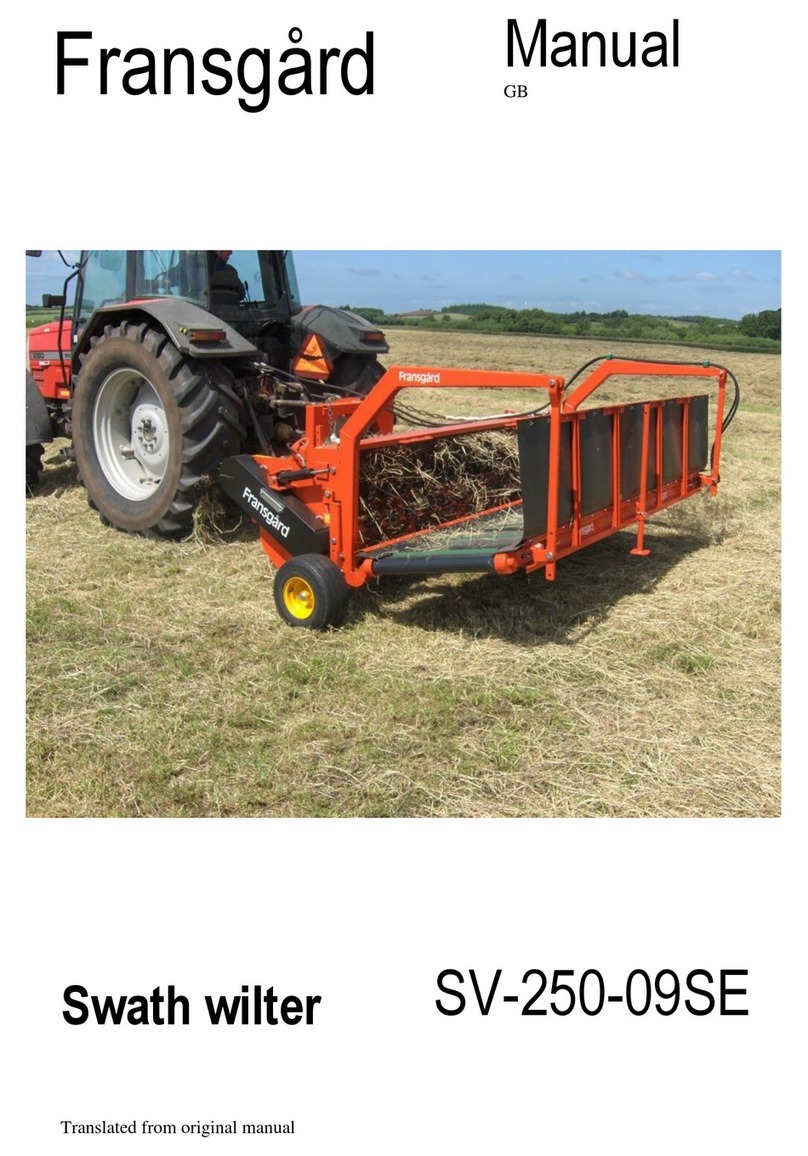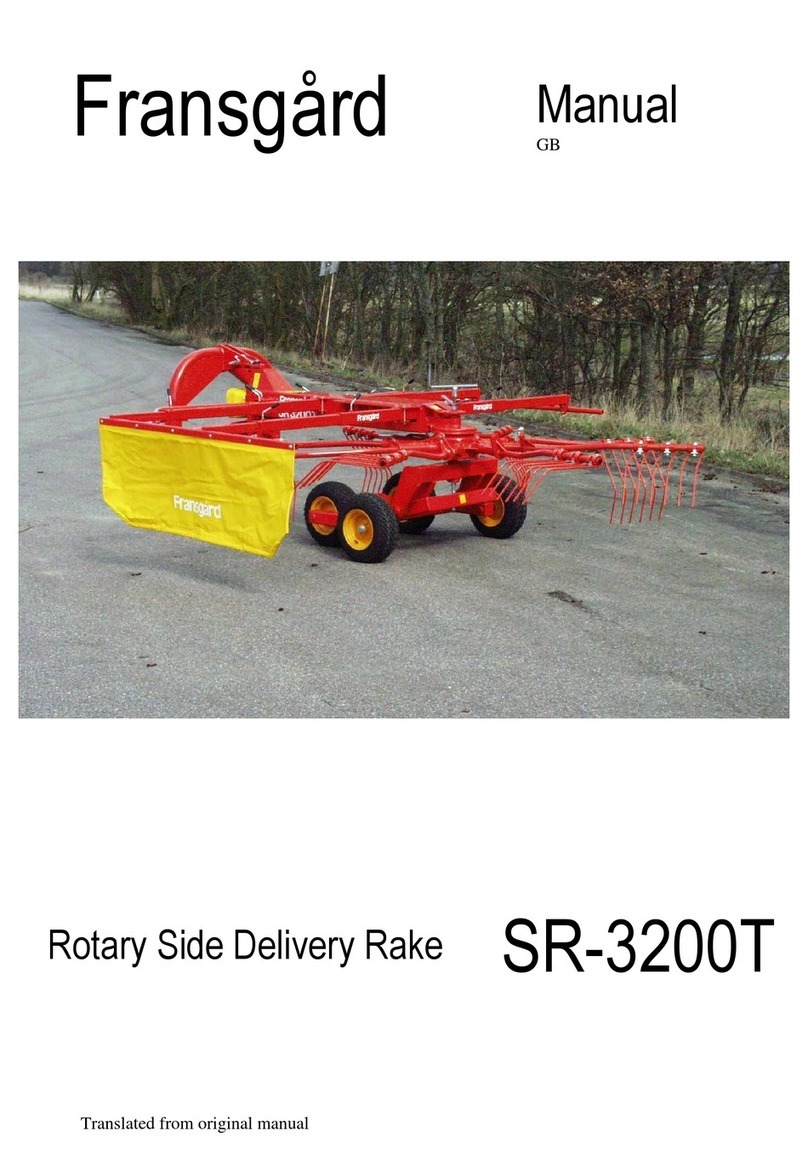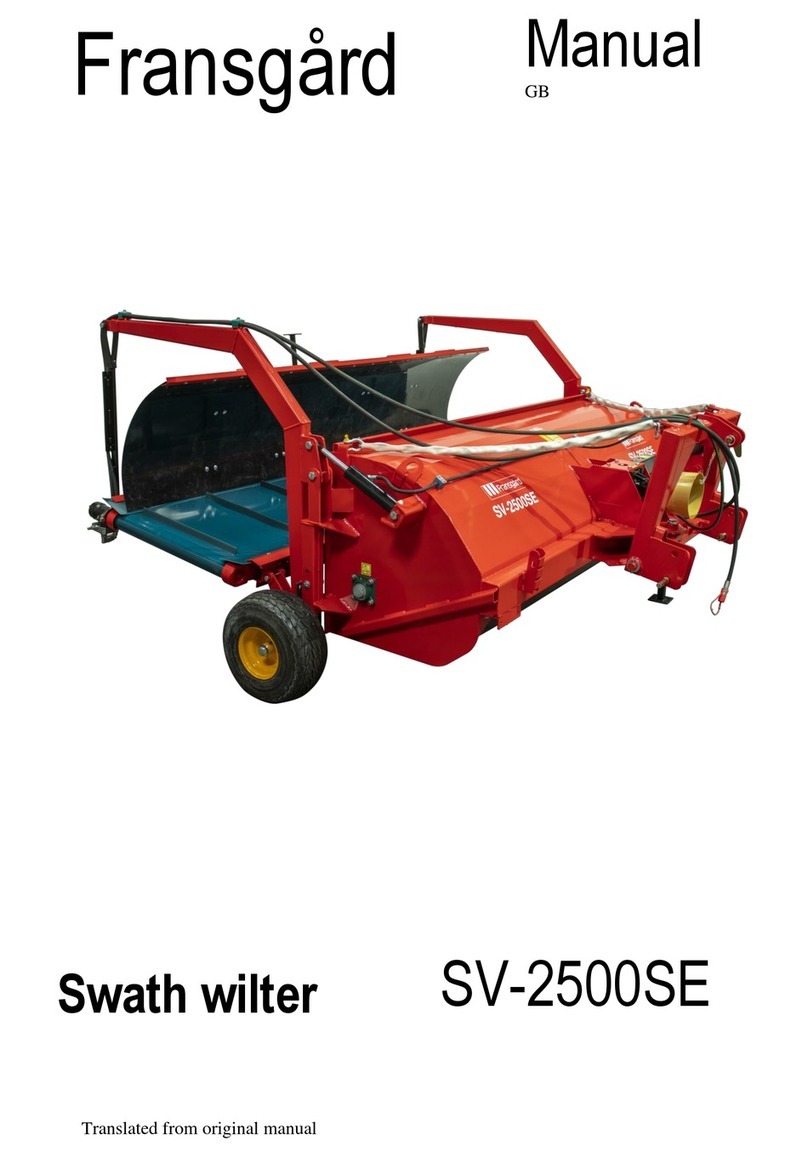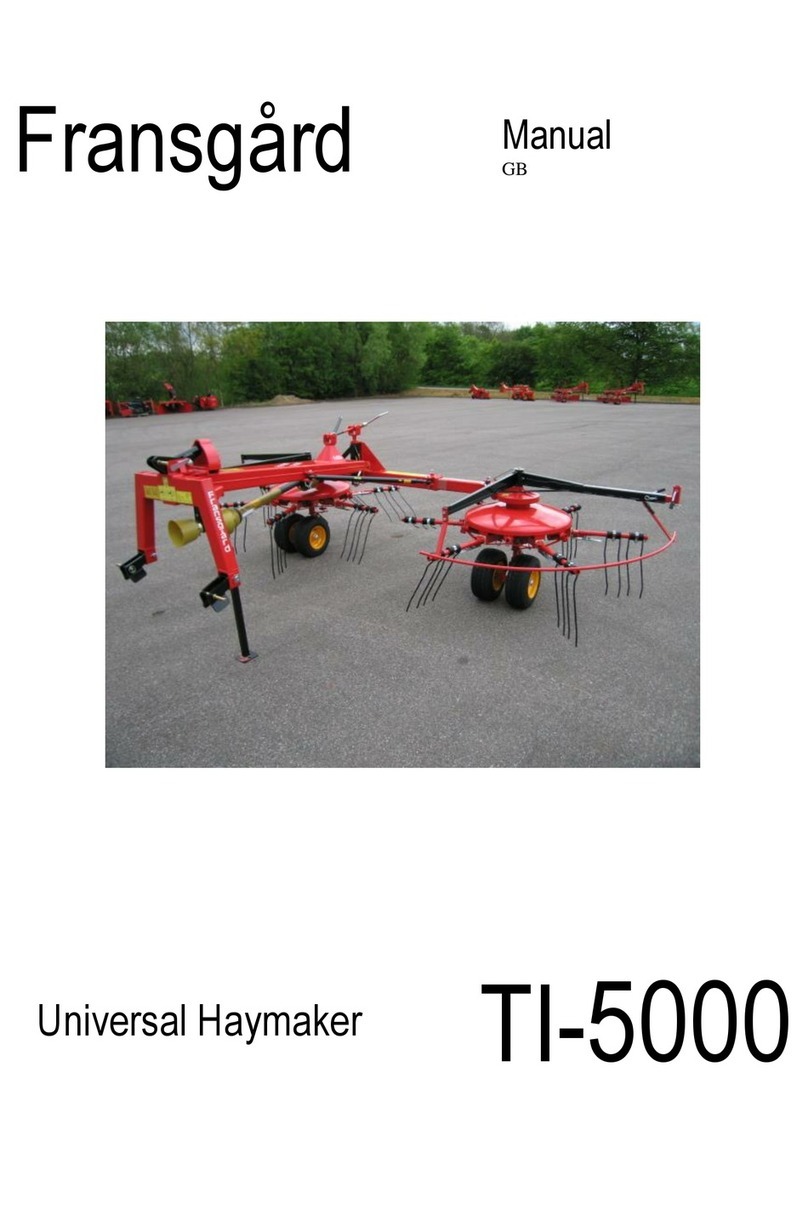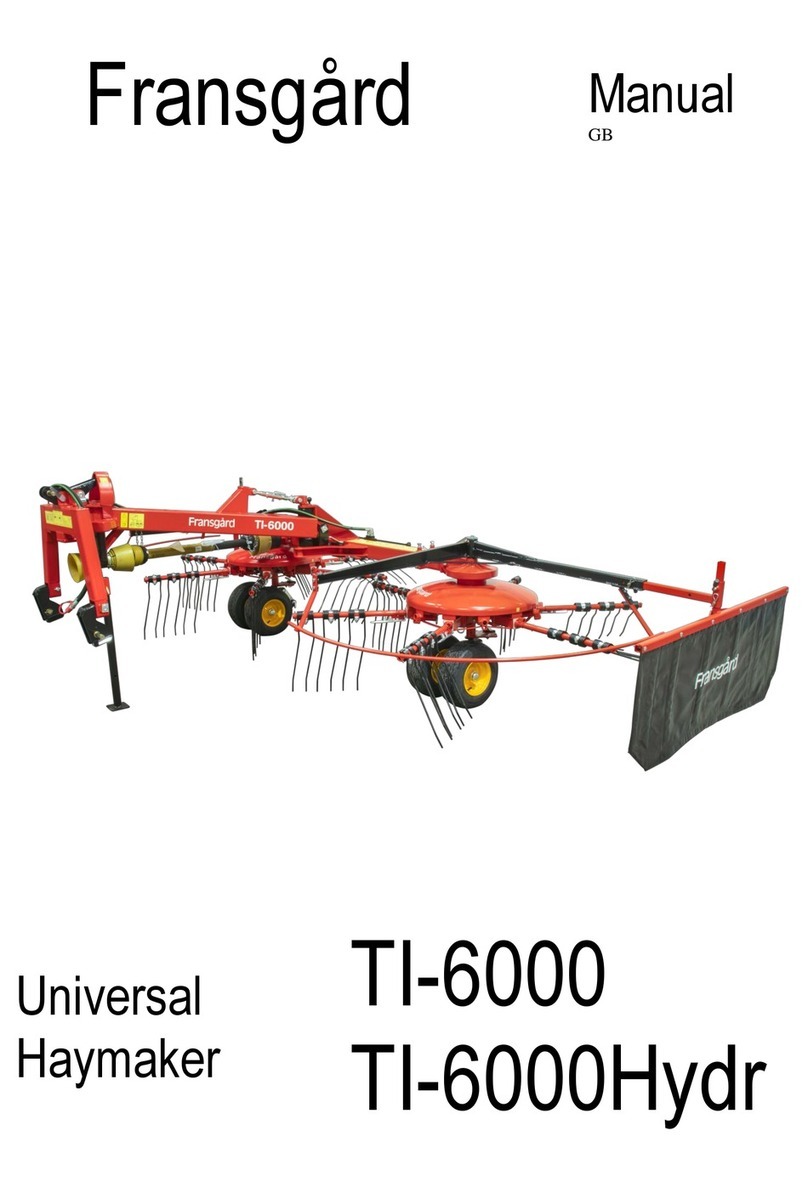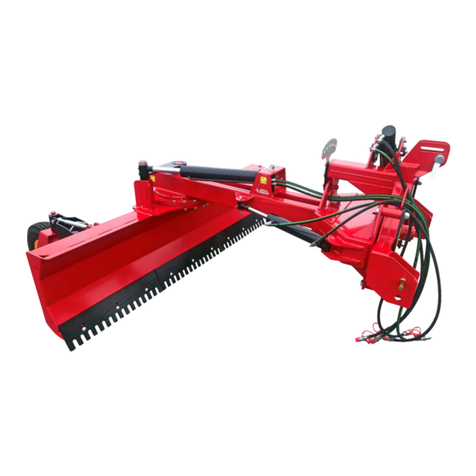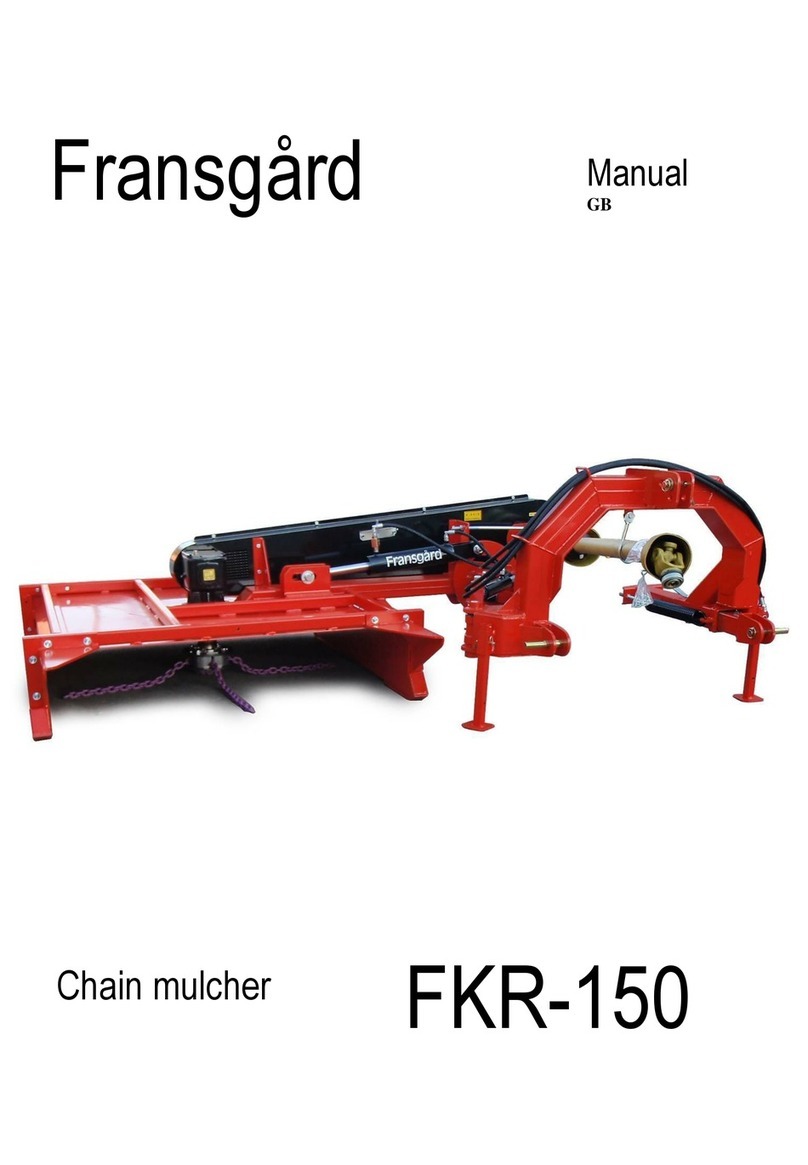Tabel of Contents
1. Introduction................................................................................................................................................................................ 1
2. The manual's target group ......................................................................................................................................................... 1
3. Symbols ...................................................................................................................................................................................... 2
4. Placement of symbols................................................................................................................................................................. 5
5. Technical data ............................................................................................................................................................................ 6
6. Safety instructions ...................................................................................................................................................................... 7
6.1. Intended use....................................................................................................................................................................... 7
6.2. Who is allowed to drive the machine?............................................................................................................................... 7
6.3. The owner's responsibility.................................................................................................................................................. 7
6.4. Connecting the tool............................................................................................................................................................ 7
6.5. Disconnecting the tool ....................................................................................................................................................... 7
6.6. PTO axles ............................................................................................................................................................................ 8
6.7. Driving in the transport position ........................................................................................................................................ 8
6.8. Driving in operation............................................................................................................................................................ 8
6.9. Maintenance ...................................................................................................................................................................... 9
6.10. Hydraulics......................................................................................................................................................................... 9
7. Delivery and assembly of the machine..................................................................................................................................... 10
7.1. Delivery............................................................................................................................................................................. 10
7.2. The length of the PTO axle ............................................................................................................................................... 10
8. Preparing the machine for operation ....................................................................................................................................... 11
8.1. Connecting to the tractor................................................................................................................................................. 11
8.2. Connecting hydraulic hoses to the tractor ....................................................................................................................... 11
8.3. PTO axle connection......................................................................................................................................................... 11
8.4. Adjusting the inclination of the main frame..................................................................................................................... 12
8.5. Adjusting the rotor height ................................................................................................................................................ 12
8.6. Adjusting the cam............................................................................................................................................................. 12
8.7. Attaching and detaching the raking arms ........................................................................................................................ 13
8.8. Adjusting the tractor's hydraulic flow .............................................................................................................................. 13
8.9. Nose wheel adjustment (optional extra).......................................................................................................................... 13
9. Operating the tool .................................................................................................................................................................... 14
9.1. Unfolding the tool. ........................................................................................................................................................... 14
9.2. Unfolding the tool with a hydraulic lock (Optional extra)................................................................................................ 14
9.3. Driving with the tool......................................................................................................................................................... 14
9.4. Turning around in a headland .......................................................................................................................................... 15
9.5. Folding the tool ................................................................................................................................................................ 15
10. Maintenance and repairs ....................................................................................................................................................... 16
10.1. Lubrication...................................................................................................................................................................... 16
10.2. Tightening bolts.............................................................................................................................................................. 17
10.3. Replacing spring teeth.................................................................................................................................................... 18
10.4. Replacing nylon wheels .................................................................................................................................................. 18
10.5. Replacing nylon bearings................................................................................................................................................ 19
10.6. Level check and oil change of the T-gear ....................................................................................................................... 19
10.7. Tyres ............................................................................................................................................................................... 20
10.8. Hydraulic hoses .............................................................................................................................................................. 20
10.9. Cleaning.......................................................................................................................................................................... 20
10.10. Storage ......................................................................................................................................................................... 20
11. Optional extras ....................................................................................................................................................................... 22
11.1. Nose wheel..................................................................................................................................................................... 22
11.2. Hydraulic lock ................................................................................................................................................................. 22
12. Troubleshooting ..................................................................................................................................................................... 23
13. Disposal .................................................................................................................................................................................. 26
13.1. Metal .............................................................................................................................................................................. 26
